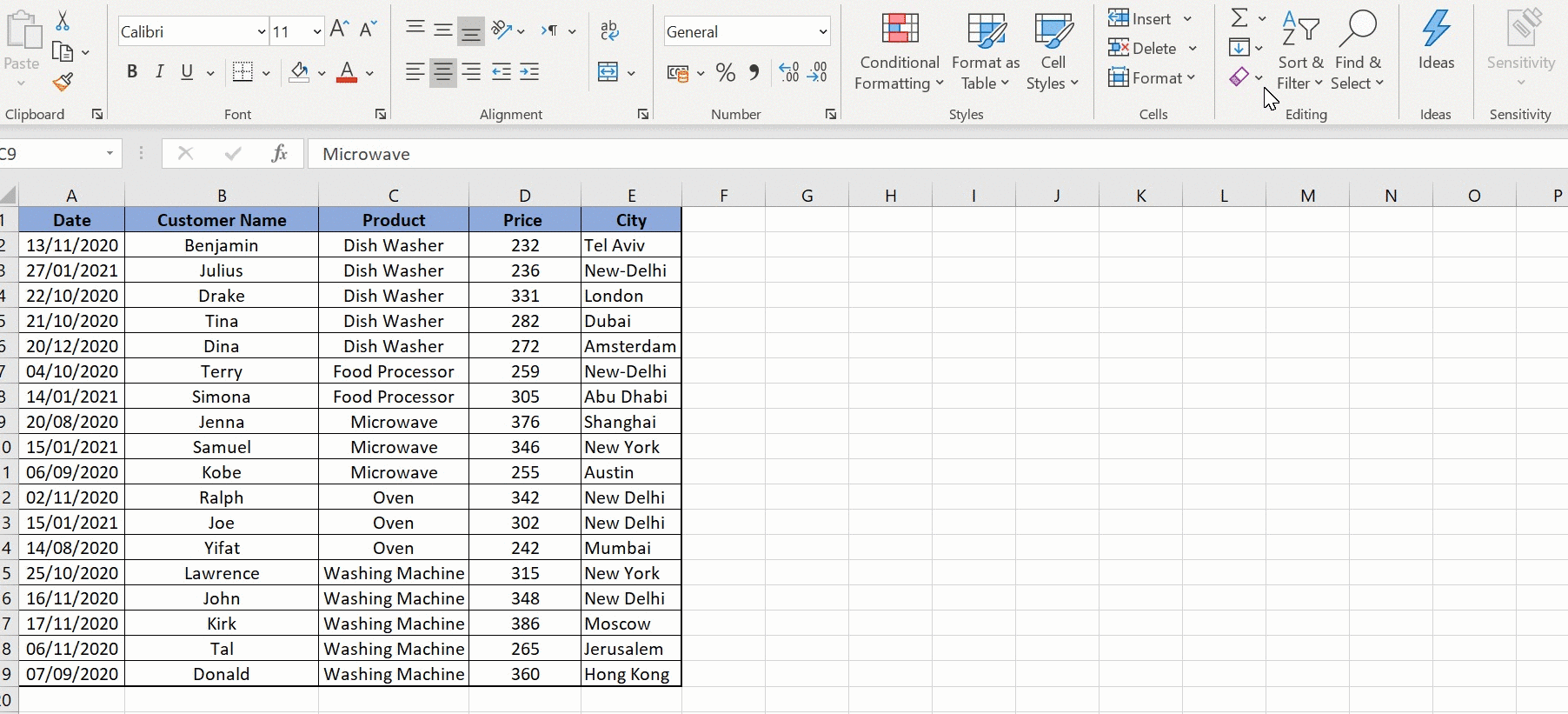Adding Data on Excel Sheets: A Simple Guide

The process of adding data into Excel sheets has become essential in organizing information in various professional and personal scenarios. This guide will walk you through the simple yet powerful ways to input and manage your data using Microsoft Excel or compatible spreadsheet software.
Understanding Excel Sheets

Microsoft Excel is a powerful spreadsheet application that allows users to organize, analyze, and manipulate data in tabular form. Here are the basic elements:
- Workbooks: A file containing your Excel data.
- Worksheet: One 'page' inside the workbook where you can input data. Each workbook can have multiple worksheets.
- Rows and Columns: Data is structured in rows (horizontal) and columns (vertical). Columns are labeled alphabetically, while rows are labeled numerically.
- Cells: The intersection of a row and a column. Each cell has a unique address, e.g., A1, B3, etc.
Entering Data

Here's how to enter data into Excel:
- Open Excel or your spreadsheet software.
- Select the cell where you want to insert your data.
- Type your data and hit Enter or Tab to move to the next cell.
✅ Note: Using Enter will move you down to the next row, while Tab moves you to the right column.
- Repeat the process for all data you wish to enter.

Editing Data

Editing existing data in Excel is straightforward:
- Click on the cell containing the data you wish to edit.
- Delete or modify the data as needed.
- Press Enter or Tab to confirm changes.
Formatting Data for Better Readability

Enhance the visibility and organization of your data with formatting:
- Number Formatting: Customize the display of numbers, dates, and times.
- Font Styles: Change font type, size, and color to emphasize important data.
- Alignment: Adjust how data sits within cells (left, center, right).
- Borders and Fill Colors: Apply borders for cell boundaries and fill colors to highlight sections.
Using Formulas and Functions

Excel's true power lies in its ability to perform calculations:
Simple Formulas

- To add two cells: `=A1 + B1`
- To multiply: `=A1 * B1`
Common Functions

- SUM for adding values: `=SUM(A1:A5)`
- AVERAGE for finding the mean: `=AVERAGE(A1:A5)`
- IF for conditional logic: `=IF(A1 > 10, "Large", "Small")`
🛑 Note: Formulas and functions make Excel sheets interactive and dynamic, enabling real-time data analysis.
Data Validation

Ensure data entry accuracy with these steps:
- Select the cells you want to validate.
- Go to Data > Data Validation.
- Set criteria like whole number, list, or date restrictions.
- Enter the parameters for validation (e.g., numbers between 1 and 100).
🎯 Note: Data validation helps maintain data integrity, reducing errors in spreadsheets.
Autofill for Efficiency

To save time on repetitive data entries:
- Enter the starting data in a cell.
- Click and drag the fill handle (the small square in the bottom right corner of the cell) over the desired range.
Wrap-Up

By mastering these techniques, you can significantly improve your Excel data entry and management skills. Whether it's for financial analysis, project tracking, or personal records, Excel provides a robust platform for handling data efficiently. Remember, practice is key; the more you work with Excel, the more adept you'll become at navigating its vast capabilities. This simple guide has highlighted the essentials to get you started, but there's always more to learn and explore in the world of spreadsheets.
How do I make Excel automatically format my data?

+
You can use Excel’s conditional formatting feature to automatically format data based on certain rules or criteria.
Can I protect my Excel sheets from accidental changes?

+
Yes, Excel provides tools to protect your worksheets and workbooks with passwords, preventing unauthorized edits.
How do I remove duplicate entries from my data?

+
Go to the Data tab, click on Remove Duplicates, and follow the prompts to filter out duplicate entries.



